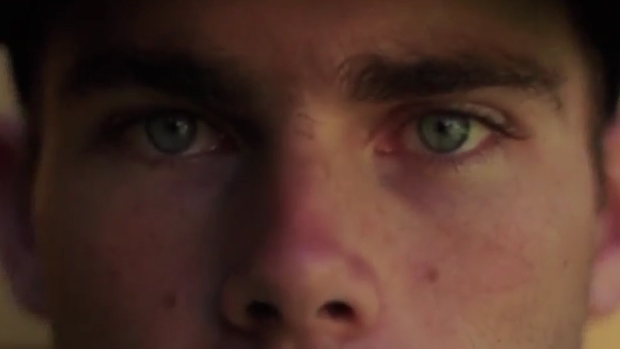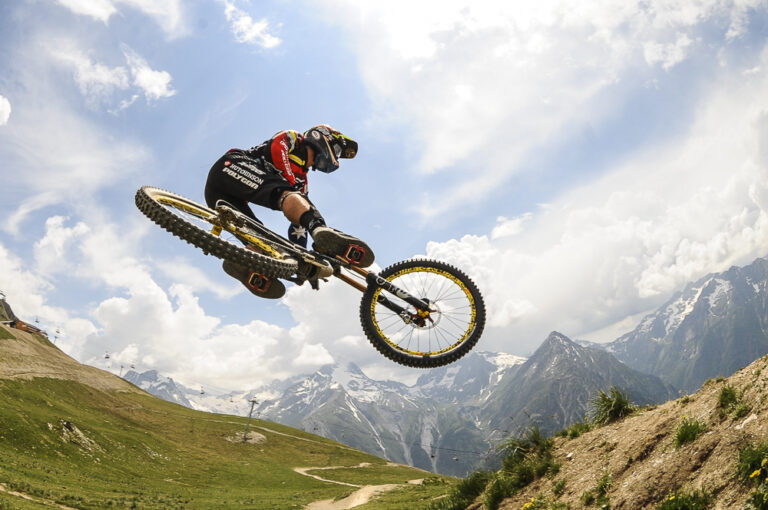 This is really the land of two–wheeled transport, where the motorcycle is truly a multipurpose vehicle. It serves as a family car, carrying two parents and three kids without any trouble. Bikes are also used for heavy goods deliveries…I saw steel girders, an air conditioner, stacks of wood, and the world’s fastest wheelbarrow towed at 40mph behind a 2–up Honda. In between all the high–speed deliveries, food, drinks and ice cream are available at mobile 2–wheeled restaurants. There are side–cars, rickshaws, 3–wheelers, every configuration you can imagine and a few unique cross–breeds too.
This is really the land of two–wheeled transport, where the motorcycle is truly a multipurpose vehicle. It serves as a family car, carrying two parents and three kids without any trouble. Bikes are also used for heavy goods deliveries…I saw steel girders, an air conditioner, stacks of wood, and the world’s fastest wheelbarrow towed at 40mph behind a 2–up Honda. In between all the high–speed deliveries, food, drinks and ice cream are available at mobile 2–wheeled restaurants. There are side–cars, rickshaws, 3–wheelers, every configuration you can imagine and a few unique cross–breeds too.
I arrive at the Polygon factory, where the team are building bikes and sorting through the stacks of kit they will need for the first few weeks of their race season, which is kicking off in just a weeks time with the Australian National Champs in Canberra. It was a Christmas morning scene, with stacks of freshly opened boxes, contents strewn everywhere, and countless bikes in various stages of assembly. The whole team are here: team boss Frenchman Fabien Cousinie is busy on his laptop and phone, Australian Mick Hannah fitting some cleats to a fresh pair of shoes, while his sister Tracey is trying on various options in knee pads. Young French racer Guillaume Cauvin is in what I would learn is his default mode of ‘just chillin’, while new team member and Junior DH World Champ, Canadian Holly Feniak, is checking the riding position of her bike, which she has just been introduced to for the first time.
Hutchinson UR is a fairly new team, owned and run by Fabien, who until now has somehow managed to juggle the tasks of team manager and racer. “I started the team in a small way with Morewood in 2009, and the plan now is to concentrate on being a good rider again with this great team. We have so many different sponsors involved, it’s like a big puzzle and you can’t miss one piece. Every single part of running a team can be difficult, because there are different cultures, languages, but I’m glad we have professional riders like Mick and Tracey. We just want to make our riders happy and confident on the bike, all we expect is a good state of mind and motivation.”
The gruelling task of getting an eight–person team (along with several hangers–on like me) smoothly from country A to continent B without losing any of their fleet of bikes and baggage is perhaps best approached like a military operation. The man for this job is Oliver Gough, speaking fluent English and French and with no shortage of decibels, he may be the perfect guy to keep this multi–national rabble in some kind of order.
There are an awful lot of things involved in putting together a successful race team. It’s painstakingly prepared over months or even years, with countless subtle factors coming together in the quest for racing success. Obviously the most important piece of the puzzle is the rider – they need talent, skill, experience, determination, dedication and preparation. The second most important component is probably the bike – break it down again and you’ve got the main components of frame, suspension and tyres. Then for number three, well you have to get your bikes and riders to the races, which basically means dropping wads of cash into cars, boats, aeroplanes and hotels.
 So how did Polygon Bikes become part of this equation? The riders actually tested a few different bikes to decide which would be best for the 2013 World Cup season. You might think it unlikely that something unproven would be any way close to the mark, but it seems like the Polygon engineers have come up with a combination of geometry and a suspension design that Mick was fairly happy with it straight away.
So how did Polygon Bikes become part of this equation? The riders actually tested a few different bikes to decide which would be best for the 2013 World Cup season. You might think it unlikely that something unproven would be any way close to the mark, but it seems like the Polygon engineers have come up with a combination of geometry and a suspension design that Mick was fairly happy with it straight away.


